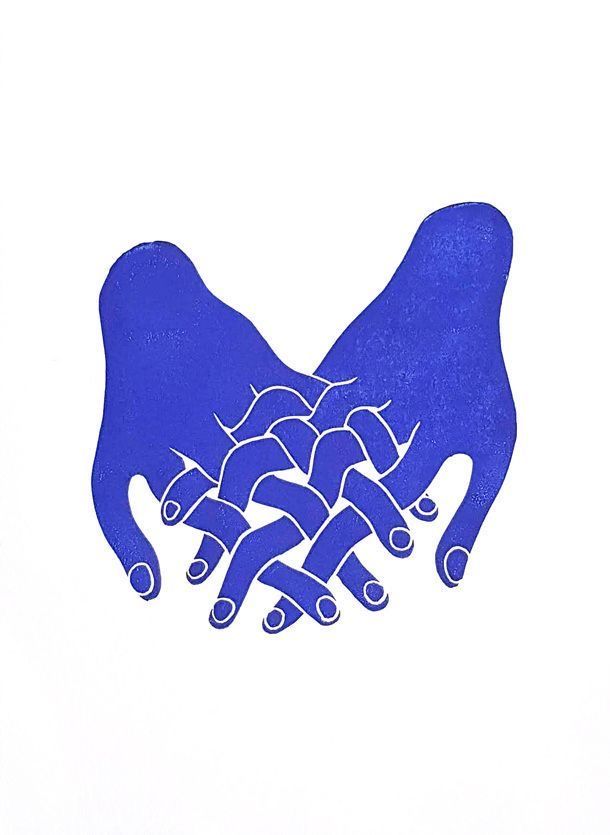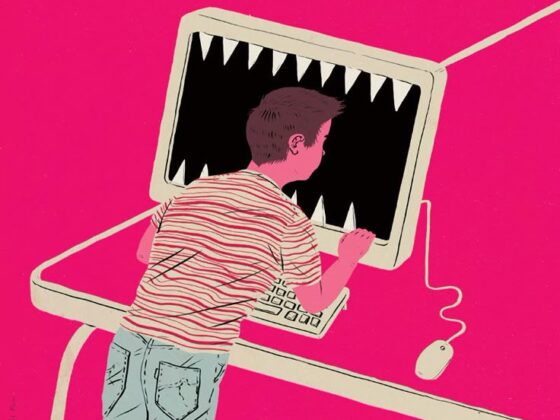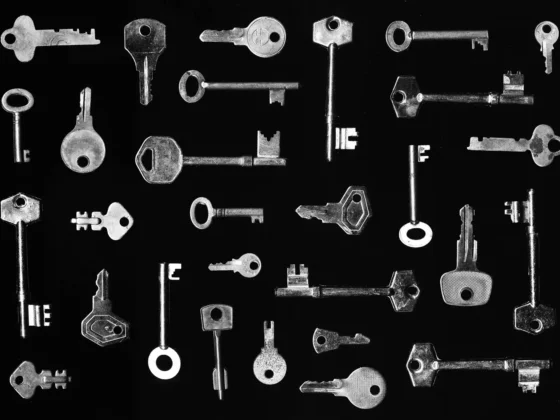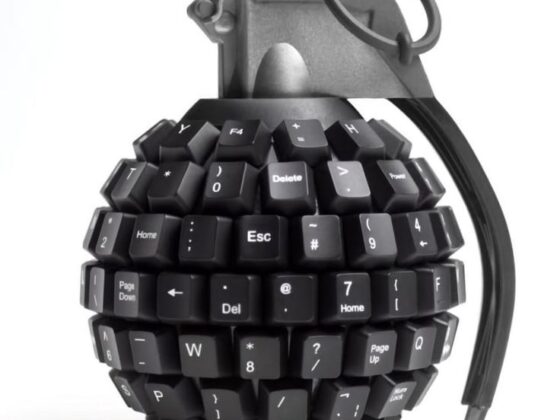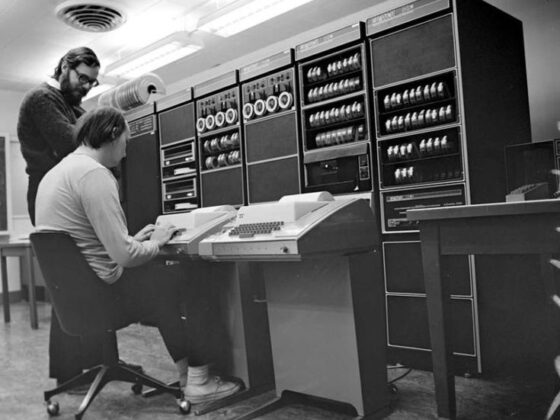Right, strap in, because this one’s a bit of a mental workout. Donald Rumsfeld’s famous “known knowns” speech has been the subject of endless debate, analysis, and, let’s be honest, a fair bit of mockery. But if you really sit with it, you’ll realize—it’s actually a brilliant way of thinking about knowledge, uncertainty, and the general messiness of life.
The Known Knowns: The Easy Bit
These are the things we know we know. You wake up, the sun’s in the sky, gravity’s still working, and if you don’t charge your phone, it’ll die. Simple. No surprises.
The Known Unknowns: The Gaps We See
This is where things get tricky. These are the things we know we don’t know. Like, I know I don’t understand quantum physics. I know I don’t know what’s in Tiwa Savage’s fridge (unless I get invited round for dinner, which, let’s be honest, is unlikely).
The point is, I’m aware of my ignorance. And that’s something, isn’t it? You can work with that.
The Unknown Unknowns: The Real Nightmare
Now, this is where it gets a bit existential. The things we don’t even know that we don’t know. These are the real blind spots.
Think about it—history is full of unknown unknowns turning up at the worst possible moment. The internet? An unknown unknown for most people in the ‘70s. A global pandemic? Ask anyone in 2019. Even cyber warfare—most governments probably thought their biggest threats were tanks and missiles, not some teenager in a hoodie taking down an entire power grid.
So What’s the Takeaway?
Rumsfeld, whether intentionally or not, gave us a solid framework for thinking about risk. The most dangerous thing isn’t what we know could go wrong—it’s what we haven’t even considered.
And if that thought makes you uneasy, well—welcome to the real world.
